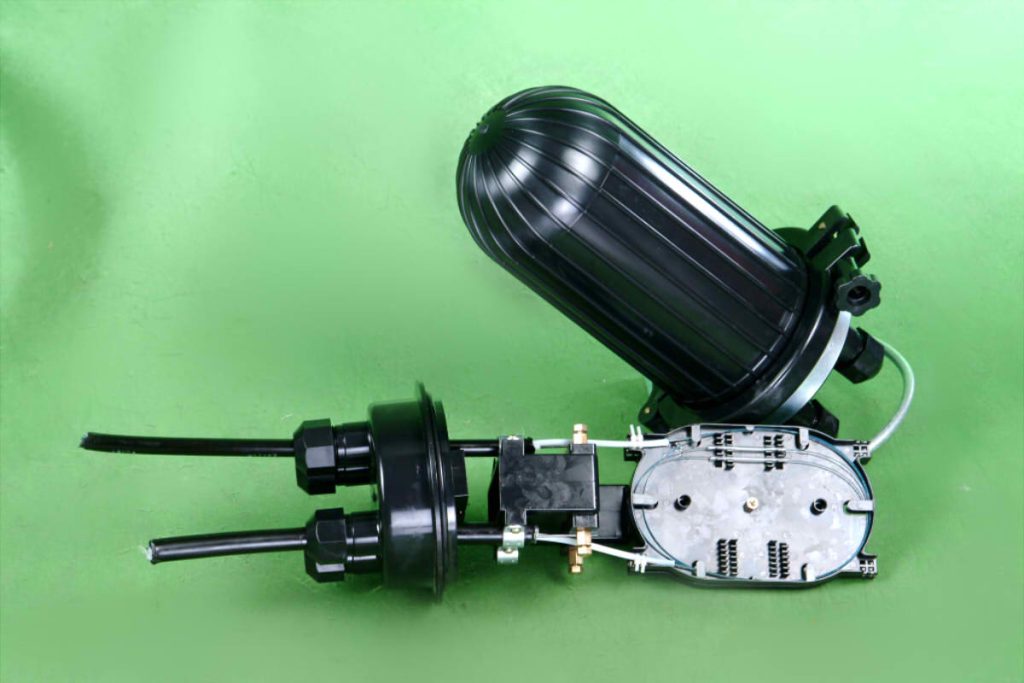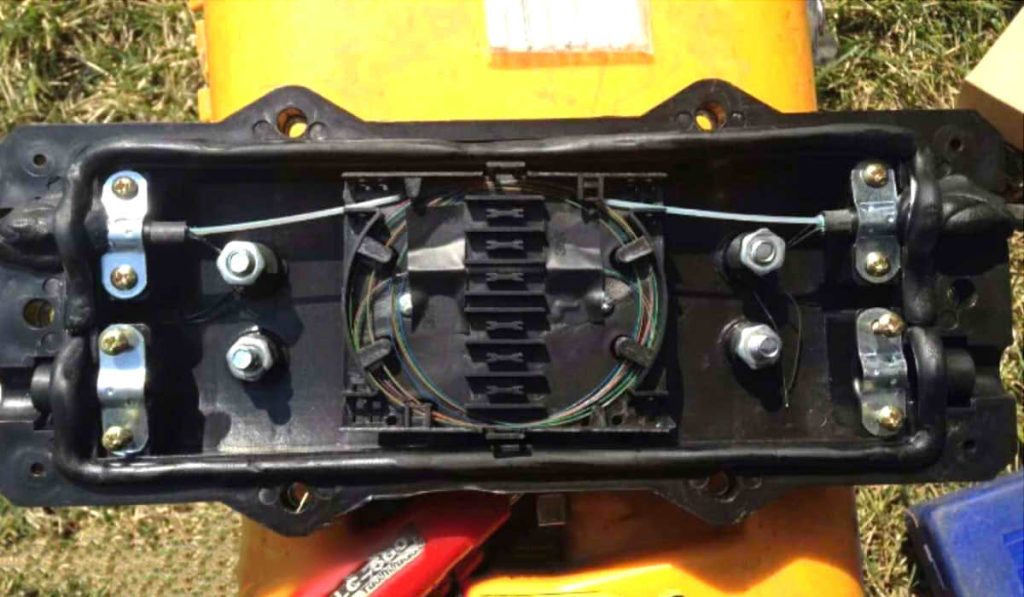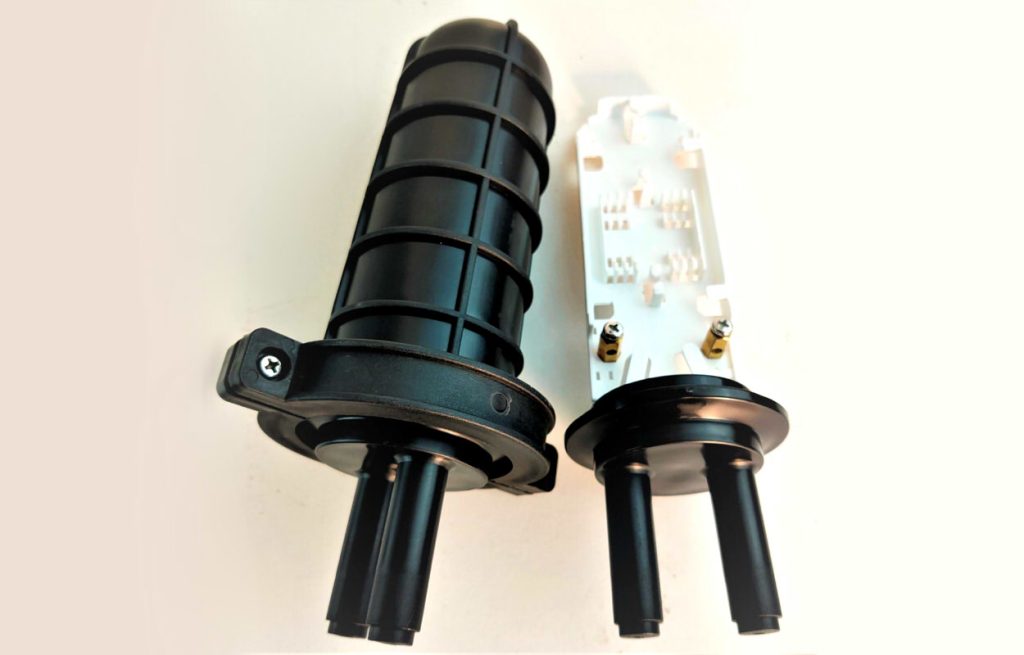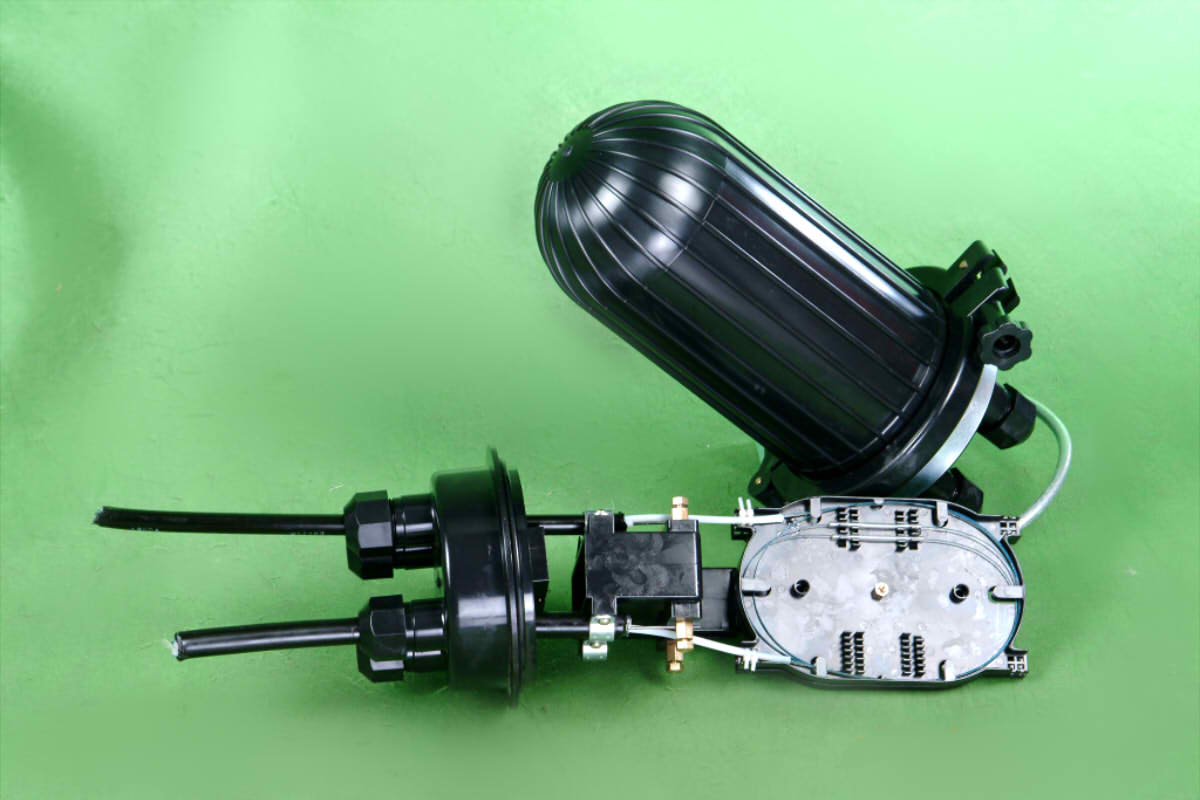Currently, The rapid development of communication networks largely depends on strong optical communication technology. Whether in the home with fiber optic broadband or in the communication signals used in mobile phones, transmission of light signals is essential. Optical cable junction boxes play a crucial role in connecting and protecting optical fibers, directly influencing the quality and lifespan of optical cable routes.

Table of Contents
- Importance of Optical Cable Junction Boxes
- Composition of Optical Cable Junction Boxes
- Types of Optical Cable Junction Boxes
- The Future of Optical Cable Junction Boxes
Importance of Optical Cable Junction Boxes
Protection against Adverse Conditions
Optical cable splice boxes protect the splicing parts of optical fibers from various hazards, such as water seepage due to adverse weather conditions. Water seepage can lead to freezing of fibers at low temperatures, negatively affecting the functioning of the optical communication cables.
Box Quality and Reliability
It is crucial that optical cable junction boxes have exceptional quality. They must be durable and able to withstand extremely high or low temperatures, with an impact resistance of at least IK10+, and meet IP68 protection level (the highest level of connector waterproofing standards). They must also have a high sealing capacity., isolation, alkali corrosion resistance and durability, plus solid performance in harsh environments. Most fiber optic boxes available on the market are made of engineering plastic and should have a service life of at least 20 years. For special applications, metal optical cable junction boxes can also be used.
Diversity of Applications
Optical cable junction boxes are used in various communication paths, either wall mounted, aerial, in pipes or buried in the ground. In some special applications, must resist erosion by termites and oils, in addition to being able to withstand thermal expansions and contractions.
Composition of Optical Cable Junction Boxes
The sealing method fiber optic box mainly includes mechanical options, heat shrinkage, ventilation and gel, and the sealing force has a direct impact on the safety performance of the internal optical cable. The connection is divided into two ways: direct and bypass (namely, designs of 2 tickets and 2 Departures, 4 tickets and 4 Departures, etc.). Installation is usually done by wall mounting, air, in pipes or buried in the ground.
The structure of the optical cable junction box consists of several parts: to the casing, internal components, seals, fiber fusion panel, etc. Housing provides protection functions, internal components provide support, and the fiber fusion panel offers a perfect place for the layout and connection of optical fibers. The arrangement of the internal optical fibers It is also very important and requires flexible routing to allow the transfer of optical signals.. If the fusion of optical fibers is done incorrectly or if the fiber arrangement is chaotic, even with messy windings, will significantly affect the transmission of optical signals.

Case
Housing provides protection to optical fibers and other internal components.
Internal Components
Internal components support and allow flexible routing of optical fibers.
Optical Cable Fixing Device
This device secures the optical cable to the bracket and seals the junction box inputs and outputs..
Fiber Optic Storage Device
Allows you to neatly store fiber connectors and excess fibers, avoiding damage from internal environmental conditions.
Protection of Fiber Optic Connectors
Heat-shrink protective jacket is attached to the fiber core to ensure the integrity of the connections.
Sealing Optical Cables in the Junction Box
Sealing optical cables ensures a tight connection and protects against water infiltration.
Types of Optical Cable Junction Boxes
In today's market, There are several types of optical cable junction boxes, each designed to meet specific needs:
1. Hood Type Boxes
These boxes offer protection and secure optical connections and are suitable for various applications.

2. Horizontal Boxes
Designed for specific installations that require horizontal connections, These boxes offer versatility in assembly.
3. Page Style
Page style boxes open like a book and are easy to manipulate. These boxes require no tools to open., which speeds up installation and improves work efficiency.
Besides, An air valve can be installed in the box shell which can be used to inflate it or measure air pressure as necessary. Inside the optical cable junction box, It is important to have adequate empty space used to place fiber optic connectors and store excess fiber optics, which prevents the connectors from being affected by internal environmental conditions and ensures optimal operation.
4. Compact Boxes
Designed to address the shortage of duct space, These boxes minimize space footprint and are ideal for road surface connections.
The Future of Optical Cable Junction Boxes
In the communications industry, demand for optical cable products continues to grow. Constant research and development of technologies will allow optical cable junction boxes to meet the demands of high-end optical communication networks. Advances are expected to improve durability, ease of use and efficiency of these boxes, contributing to the continued development of optical communications around the world.
In summary, Optical cable junction boxes are fundamental pieces in the fabric of modern communications, guaranteeing the integrity of optical fibers and the transmission of optical signals under various conditions. Its evolution and constant improvement are essential for the future of optical communication networks..

